How to Soften Linen Clothes: 4 Easy Methods
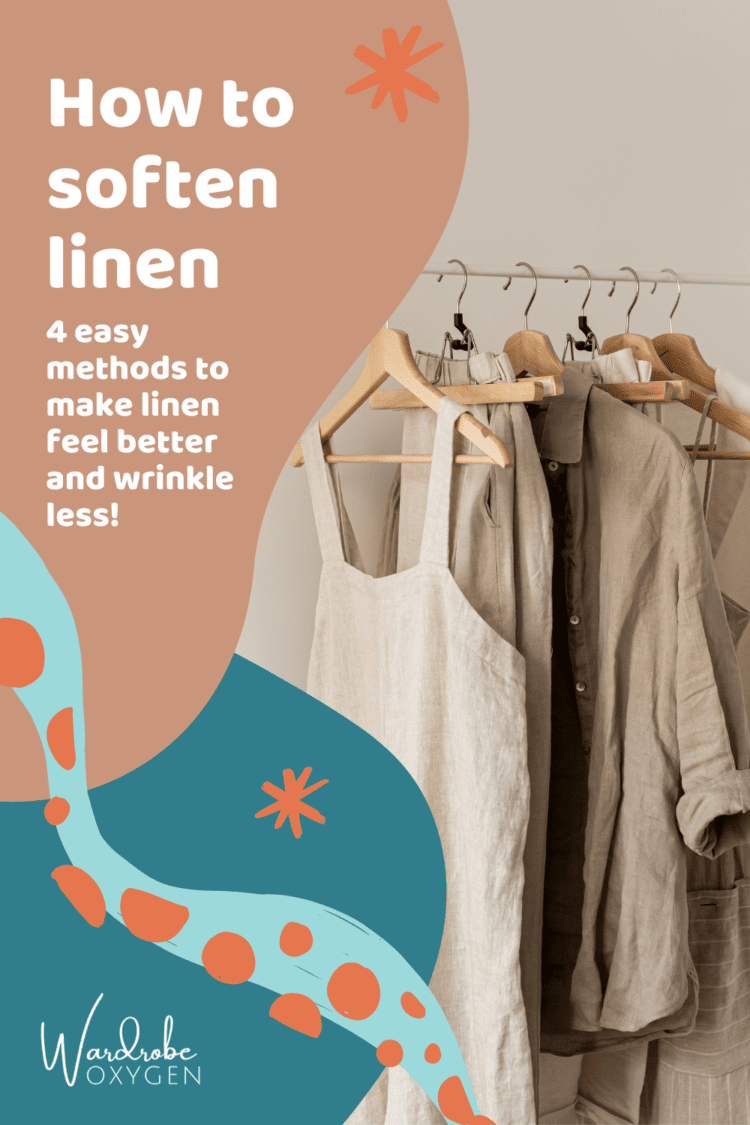
I had a Wardrobe Oxygen reader reach out asking how to soften linen clothes she finds scratchy. She purchased a J. Crew linen sweater that I suggested in this summer getaway capsule wardrobe and loves the sweater, but finds it rough and uncomfortable to wear. Her email:
“Last summer, I purchased a J Crew linen sweater—open-weave knit—that you recommended in one of your capsule wardrobes. I like the sweater, but the fibers are very rough-feeling and I can’t get the sweater to soften up. I have not used fabric softener, washed only on cold delicate and no dryer, and I tried soaking it overnight in water with white vinegar to see if it had a detergent build-up. But still rough-feeling. Do you have any other suggestions for how to soften the fibers?”
I am a fan of linen, but I too have found some pieces, even from quality brands, to be rough and itchy. I've researched many methods on how to soften linen clothes; below I share all the methods and which ones I find most effective.
Why is Linen Rough and Scratchy?
Linen is a textile created from the flax plant. The fiber from flax is extremely durable and used for items like ropes and rugs because it can handle a lot of wear and tear. But if you have grabbed a flax rope or walked barefoot on a flax rug, you know it may be sturdy, but it surely isn't soft. The same holds true for linen.
As with other textiles, the texture of linen depends on the quality of the yarns and the thread count of the weave. Like cotton, linen's softness depends on the yarn and manufacturing to determine how soft and comfortable it will be. Unlike cotton, linen is softer and has a lower thread count.
Blends also affect linen's roughness. One would think that blending linen with a softer textile like cotton or silk would make it more comfortable, but it still depends on the methods of creating the yarn and fabric.
Linen is often created and treated with additives which can make the fabric feel rougher. This is true with many textiles, but the flax can be more… sensitive to these additives and can create and even rougher finish to the fabric.
That said, because linen is so durable, it can be washed and worn, ironed, and washed again and not get threadbare. Each wear, each washing, and each time you handle the linen it will just get softer and more comfortable.
But what if you don't want to wait to have your linen soften with time? Below is my suggestion on how to soften linen clothes that are too rough and scratchy for comfortable wear. This should work for almost any linen garment and can even be used for linen sheets and bedding. My tips should not affect the appearance or durability of your linen, just provide some additional softness.
How to Soften Linen Clothes (or any linen fabric)
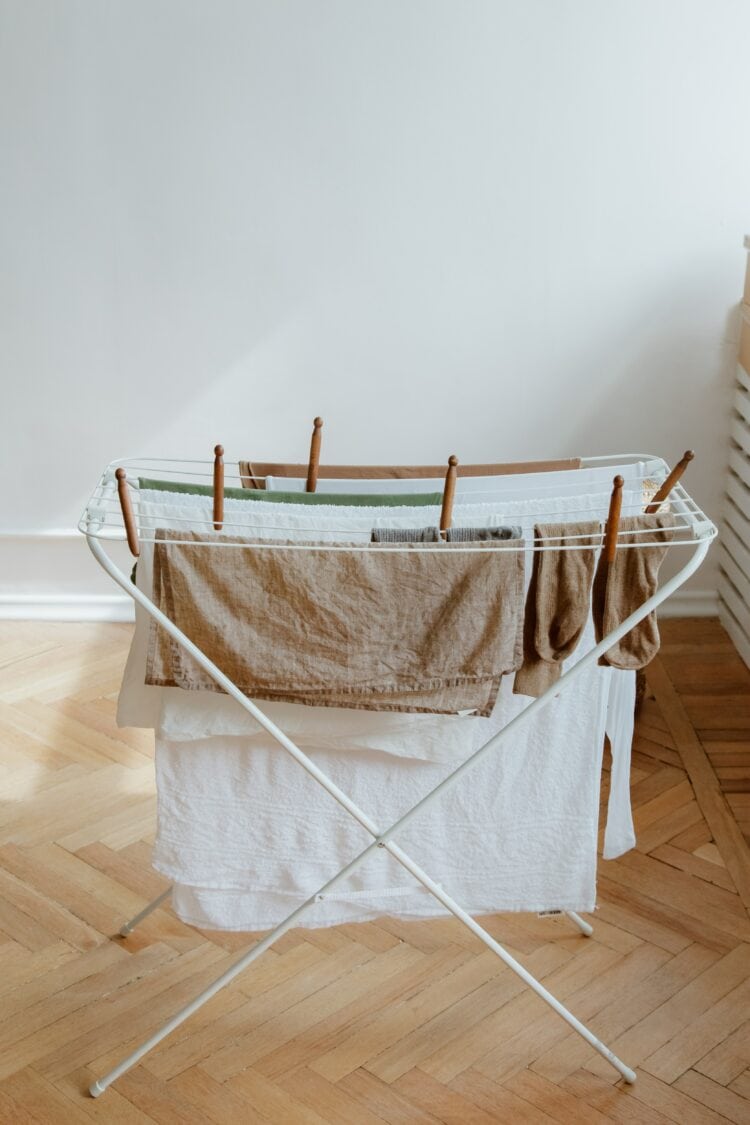
Option 1: Wash your Linen (and wash it some more)
Laundering is the best way to remove additives and make your linen soft. The more often you launder, the softer it will become.
Linen is durable, and unless it is an extremely delicate design or embellished, it should be able to handle your washing machine. However, some linen garments can shrink. I recommend using your gentle cycle for your first wash and air dry. In your second wash, try a standard wash cycle and air dry.
Do not use traditional fabric softener, it's an additive that can affect how linen wears and may prevent it from softening on its own. Instead, consider using a more natural softener (see the options below).
If the dryer does not shrink or misshapen your linen, continue to use the dryer as it will really help with softening linen garments and bedding. Consider adding dryer balls (I love these cruelty-free wool ones from Etsy) to help soften the garments.
If you don't have dryer balls, tennis balls also work to soften linen and revitalize any fluffiness in puffer coats and comforters. Just know tennis balls in the dryer are far louder than wool dryer balls!
The more you launder your linen, regardless of your method, the softer it will become. Linen is something you hopefully will have in your wardrobe for many, many years to come, and over time you will come to love wearing it more and more.
Option 2: Use White Vinegar
Using white vinegar to soften fabric is a laundry hack as old as time. Vinegar is an acid that has become quite popular for cleaning and laundry because it isn't toxic and quite effective for cleaning and softening. White vinegar is the only type one should use for laundry because it won't stain or alter the color of the fabric.
There are a few different ways that white vinegar is used to soften linen:
- Add a half cup of white vinegar to your wash
- Mix one cup of white vinegar and one cup of water together and add to your wash in place of detergent
- Replace laundry softener in your softener drawer with white vinegar
- Overnight, leave linen items in a full washing machine with 1-2 cups of white vinegar
- For best results, soak items in one gallon of water with one cup of white vinegar. Soak from ten minutes to overnight; the length of time should not affect fabric or dye.
I haven't had any success with vinegar actually softening linen. I tried soaking linen sheets overnight in a full washing machine with two cups of white vinegar added, and if it did soften the sheets, the effect was minimal.
That being said, if you have washed your linen pieces with fabric softener or dryer sheets and find your garment still rough, I encourage you to try Step 2 of replacing your detergent with white vinegar. This will help break down any chemicals from these softeners and strip excess detergent and help the flax fibers soften naturally.
Option 3: Try Baking Soda (my favorite method)
I have personally had success using baking soda to soften linen fabric. Baking soda has a pH of 9 which makes it a fabulous fabric softener for any fabric including linen. Just like with white vinegar, there are many methods to use baking soda to soften linen:
- Add half a cup of baking soda to your usual wash. Do not add fabric softener; this will take care of it. This can be done for any wash, not just when you are trying to soften linen.
- Add a cup of baking soda to a large bucket of water. Swirl until fully dissolved, then add your linen pieces. Soak anywhere from half an hour to overnight. Like with vinegar, the length of time should not hurt the garment in any manner. Afterwards, let dry, and depending on the results you can wear as-is or launder.
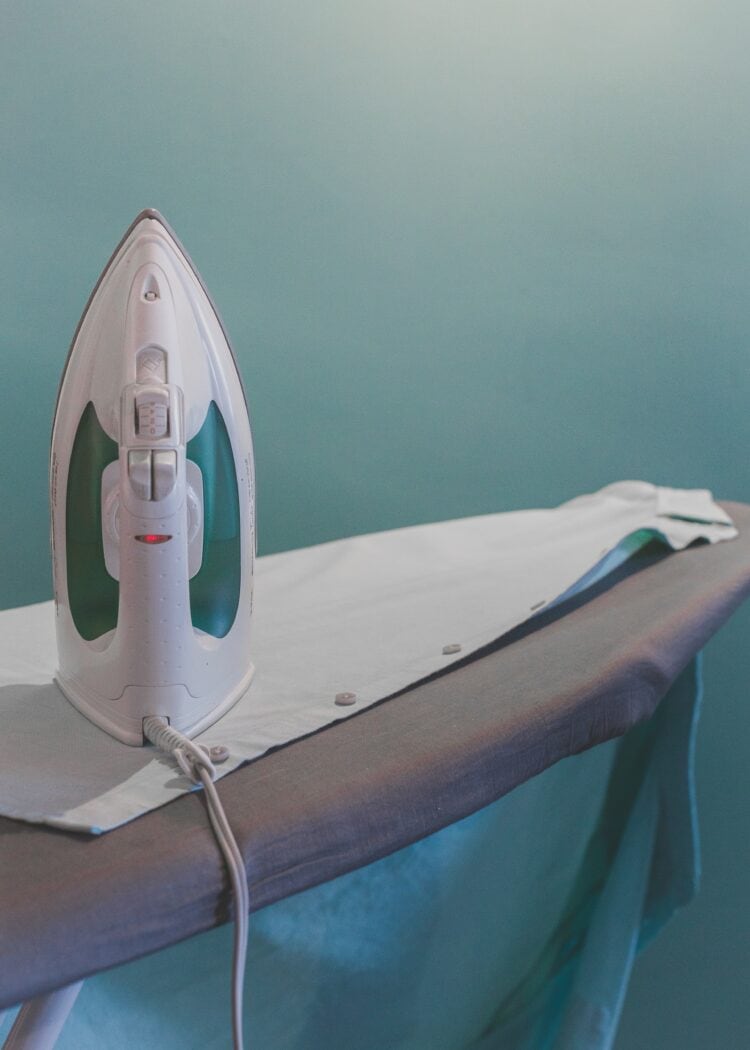
Option 4: Iron Your Linen
Ironing linen will help smooth the flax fibers, providing a softer feel. I find the best way to iron linen to soften it is to dampen the linen, and then using a pressing cloth, iron the linen and steam out the moisture. The combination of steam, heat, and pressure will smooth and soften the flax for a softer linen experience.
Ironing can be done to linen pieces that have gone through one or more of the previous methods. A perk is that your linen will look crisp and wear-ready!
What's great is that the softer your linen gets, whether it's from repeated washing and wear or one or more of the options above, the less it will crease and wrinkle. Linen may be popular because it's comfortable in heat and humidity, but it's also popular because it is so durable. Once you find the linen you love and get it soft, you will get years (or decades) worth of stylish wear.
This post was originally published in 2022 but republished in 2024 after receiving so many questions about how to soften linen, with linen being one of the most popular fabrics for the season. I hope one of these methods helps you!


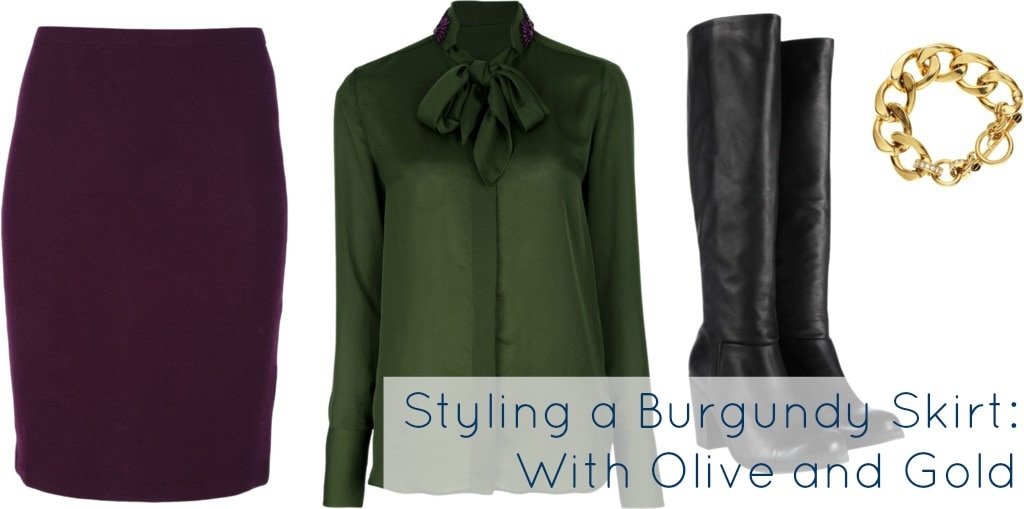
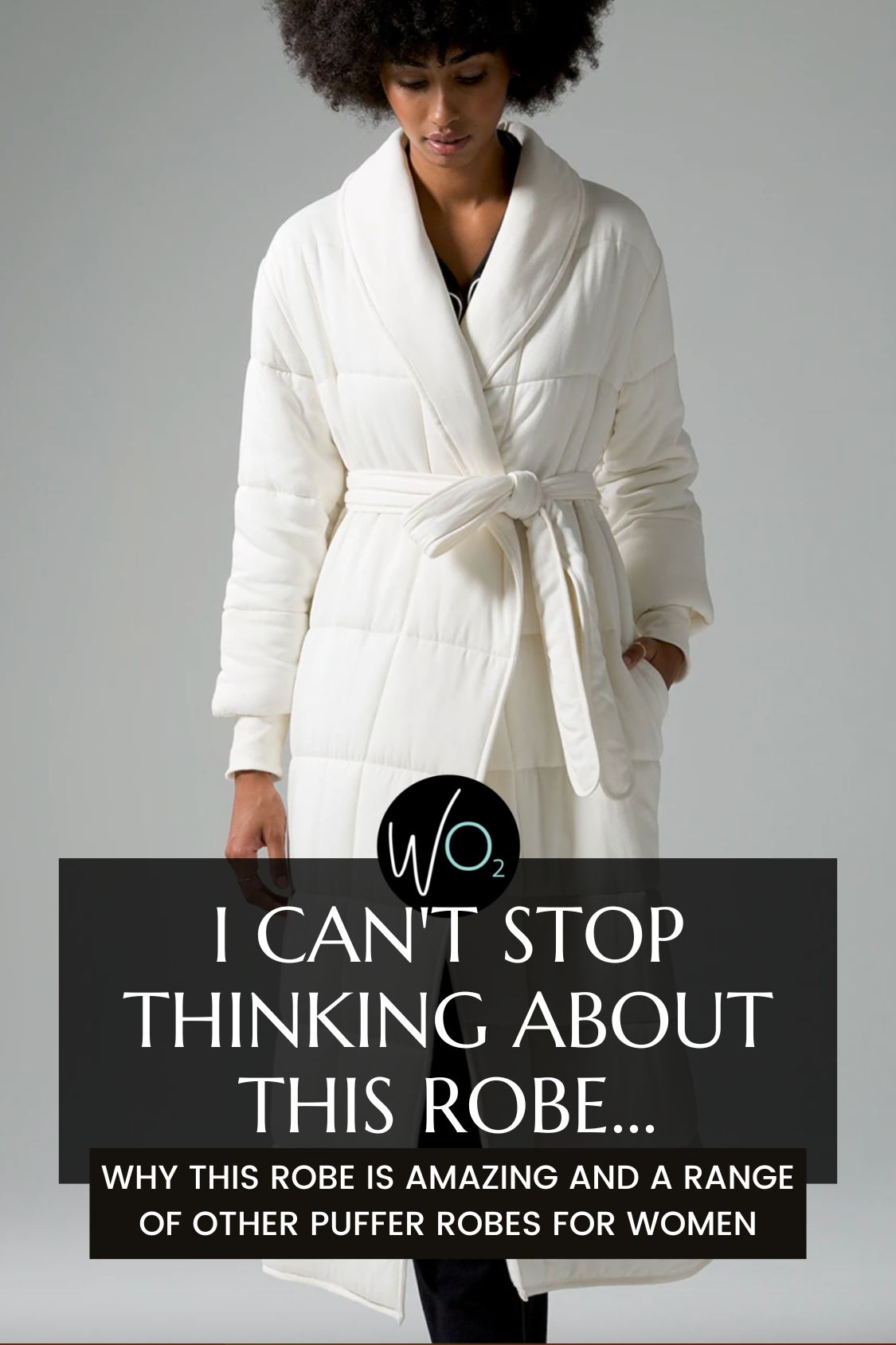




The best way to soften linen is to use it.
IF you use baking soda, you must soak it again with either vinegar or citric acid to stop the alkalinity eating the fibers as linen is constantly damp and the remains of baking soda will gradually eat away at it, just like drain cleaner. And the same goes for your hair. Baking soda is awesome in place of shampoo but only until the damage is done and it begins breaking. At which point, it’s too late to salvage. This is particularly important with regard to linen when using a homemade laundry soap which is almost always made way too alkaline.
Thank you for these tips and sharing your experience about what works and doesn’t work. Most of all, thank you for not recommending fabric softener or dryer sheets. Besides not being good environmentally, here are some other compelling reasons not to use them. Hope you don’t mind me sharing this video.https://www.youtube.com/watch?v=pNy6pv3a3M8&pp=ygUibGF1bmRyeSBldmFuZ2VsaXN0IGZhYnJpYyBzb2Z0ZW5lcg%3D%3D
Hi,
Thank you for these tips. I have a lovely coloured linen scarf, that needs to be softened. Can I use baking soda for a coloured scarf?
I would think so but you may wish to test a small place to be sure it’s colorfast.
Thanks! I’ll first soak it in vinegar and wash it, that’s always good for coloured items and maybe that will do the trick. If not I’ll test a bit in soda…
I haven’t tried the vinegar or baking soda hacks, but those are great cheap suggestions! The thing that has worked best for my linen items so far is tossing them in the dryer with wool dryer balls, like you suggested. I just make sure to use the setting without heat to avoid shrinkage.
I am the reader who sent this question to Alison, and I used tennis balls—what I use on my down coats when I put them away for the summer and fall! I agree they helped a lot and the sweater feels much better now.
These are all great suggestions, but I’m with Ann Marie. If an item feels scratchy and rough, it’s not high quality linen. The shorter, more fibrous pieces of the plant were used, rather than the longer (more expensive) silky fibers. For linen, I like Eileen Fisher the best — and I buy most of my EF linen clothing on ebay for a song. Of course, if the previous owner used fabric softener or scented laundry detergent, I then go through all the steps Alison outlines in this article. Also, pay attention to whether you’re buying 100% linen or today’s common mixtures with rayon, which softens the fabric but shortens its lifespan.
Try this site: https://fabrics-store.com
My suggestion is to not buy rough linen in the first place. Whenever I touch a linen shirt and it feels rough, I immediately put it back on the rack because that just tells me it was cheaply made. I have more linen shirts (and a linen sweater) than I can count and none of them are rough. My favorite places to buy linen are Muji and Uniqlo.